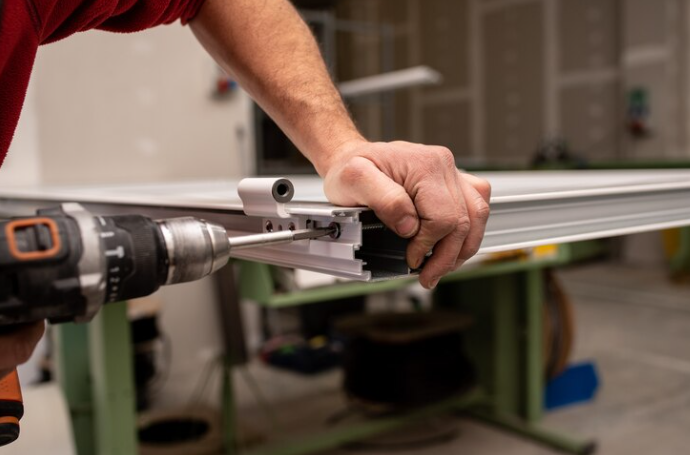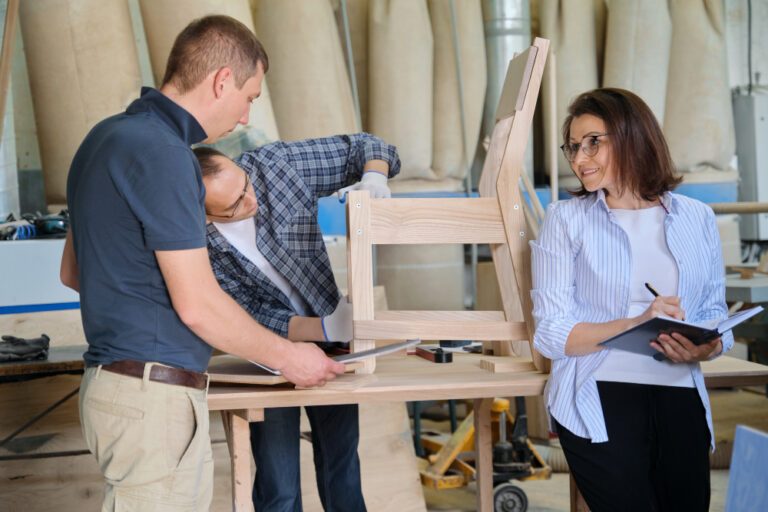Give the Outdoor Faucet a Test Run
Check the hardware and pipes after the winter break to make sure Jack Frost didn’t damage anything. (It is hoped that the outside water supply was turned off and drained prior to the onset of freezing conditions.) Open the valve and turn on the water supply. At first, you might hear some pops and rushing air. Then, shut off the valve while looking for drips and leaks. After that, go inside to inspect the pipes for leaks.
Turn the Valve of the Water Main
The water shutoff valve for the entire house may become challenging to use after spending many years in the open position, especially if it is a turn-handle design. Turn the valve a few times anticlockwise until it is closed, then clockwise again to return it to the open position. Consider installing a smart water valve that can be operated by an app if you’re looking to update. In this manner, you and your family can use a mobile device to safely switch off the water supply.
Limit Water Pressure Problems
The overall amount of water used will rise in the summer, which will in turn have an impact on your home’s water pressure. Try to avoid the busiest times of the day when the most water is used, and take your shower a bit earlier or later than usual. You may also keep your water pressure by taking a quick check around your neighbourhood to determine when the majority of your neighbours start their sprinklers and setting yours to start a little later. You may have a more significant issue, such as a burst water main, if you try these tactics but your water pressure remains low. Even though a burst water main may not be immediately apparent to you, it needs to be repaired by a qualified plumber.







